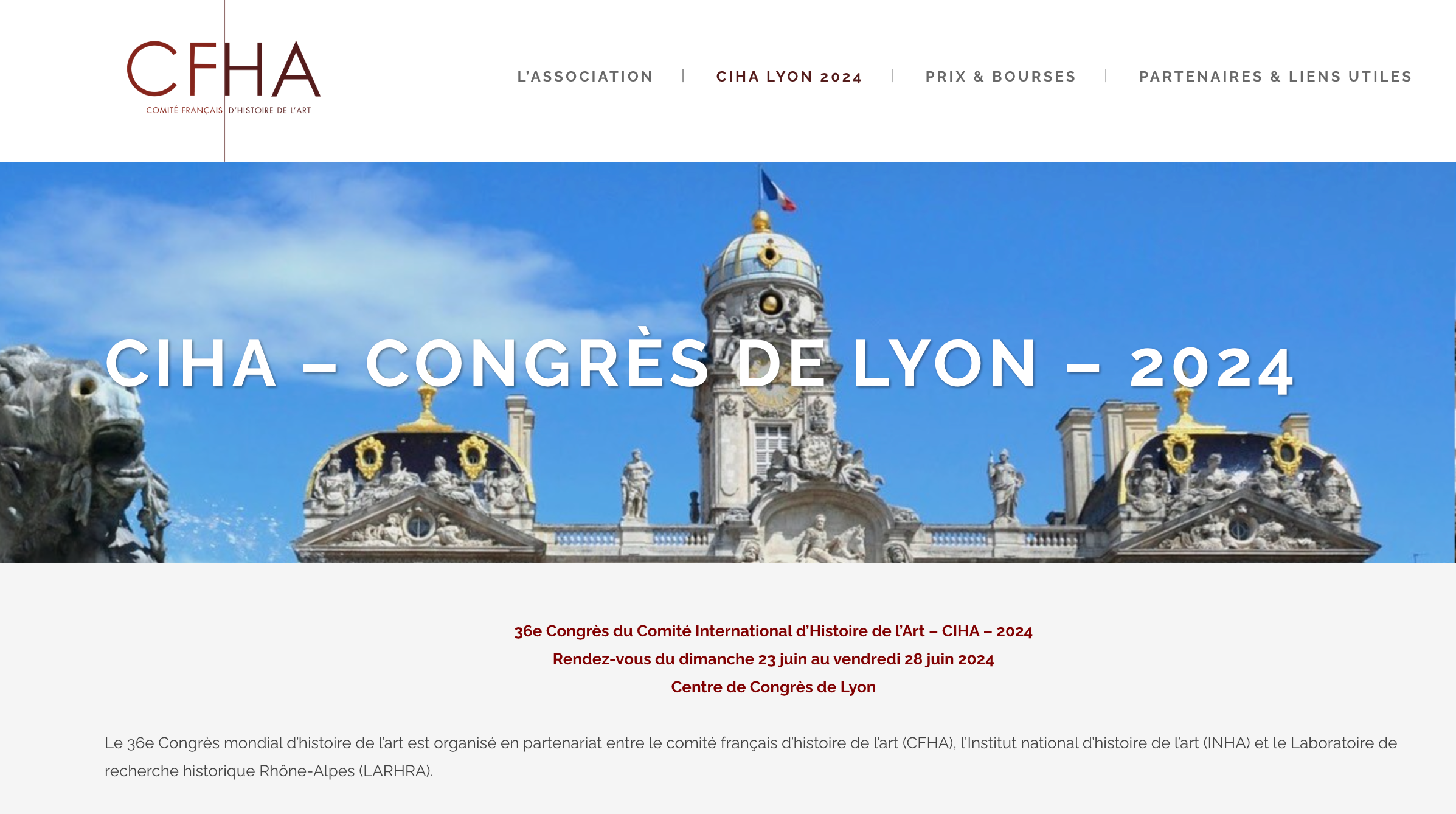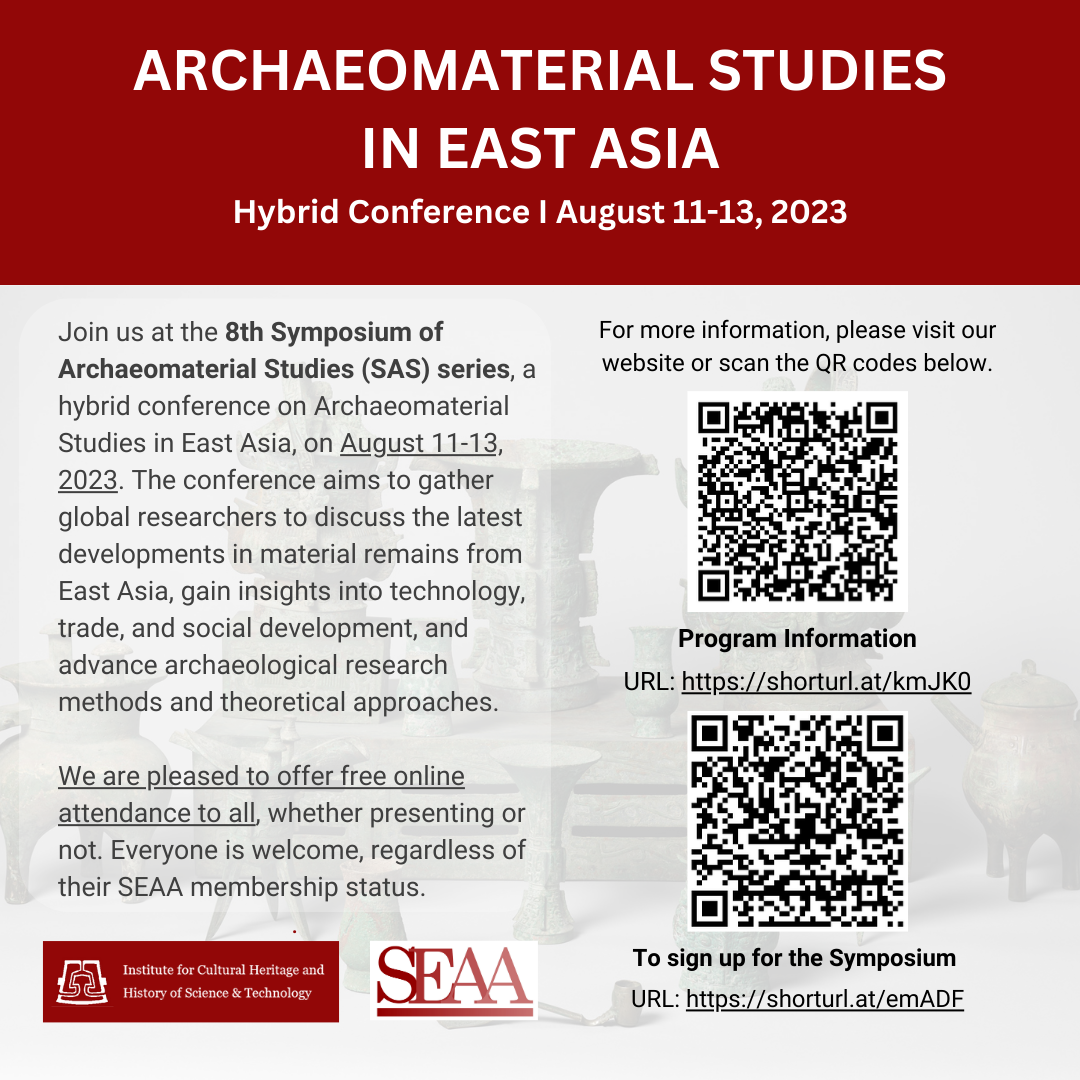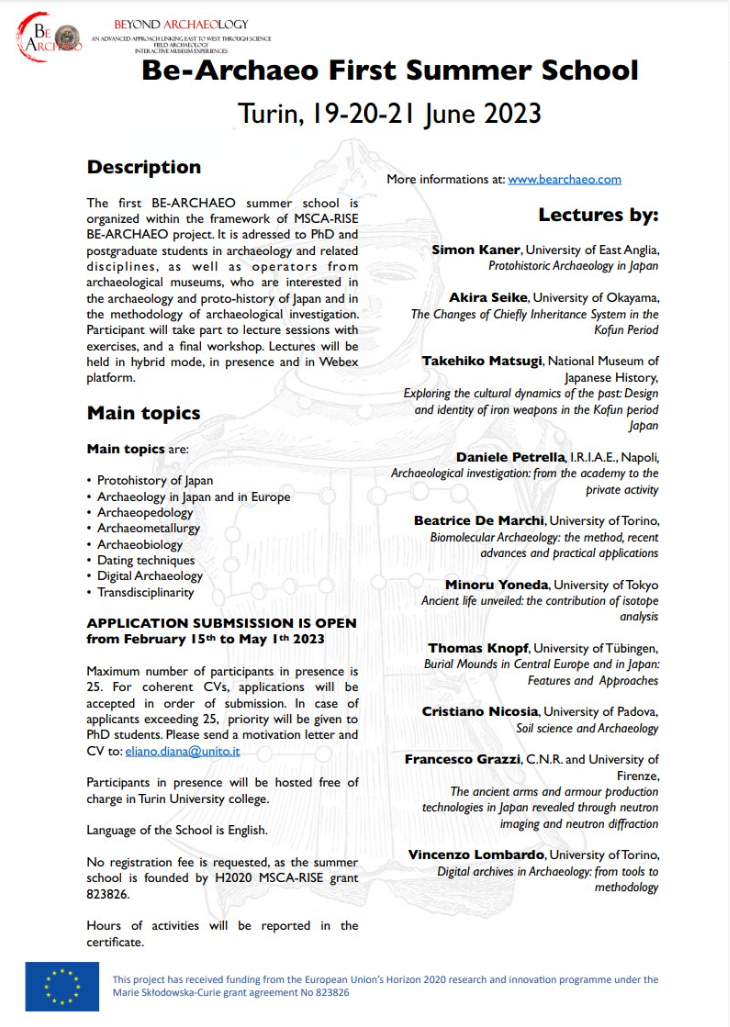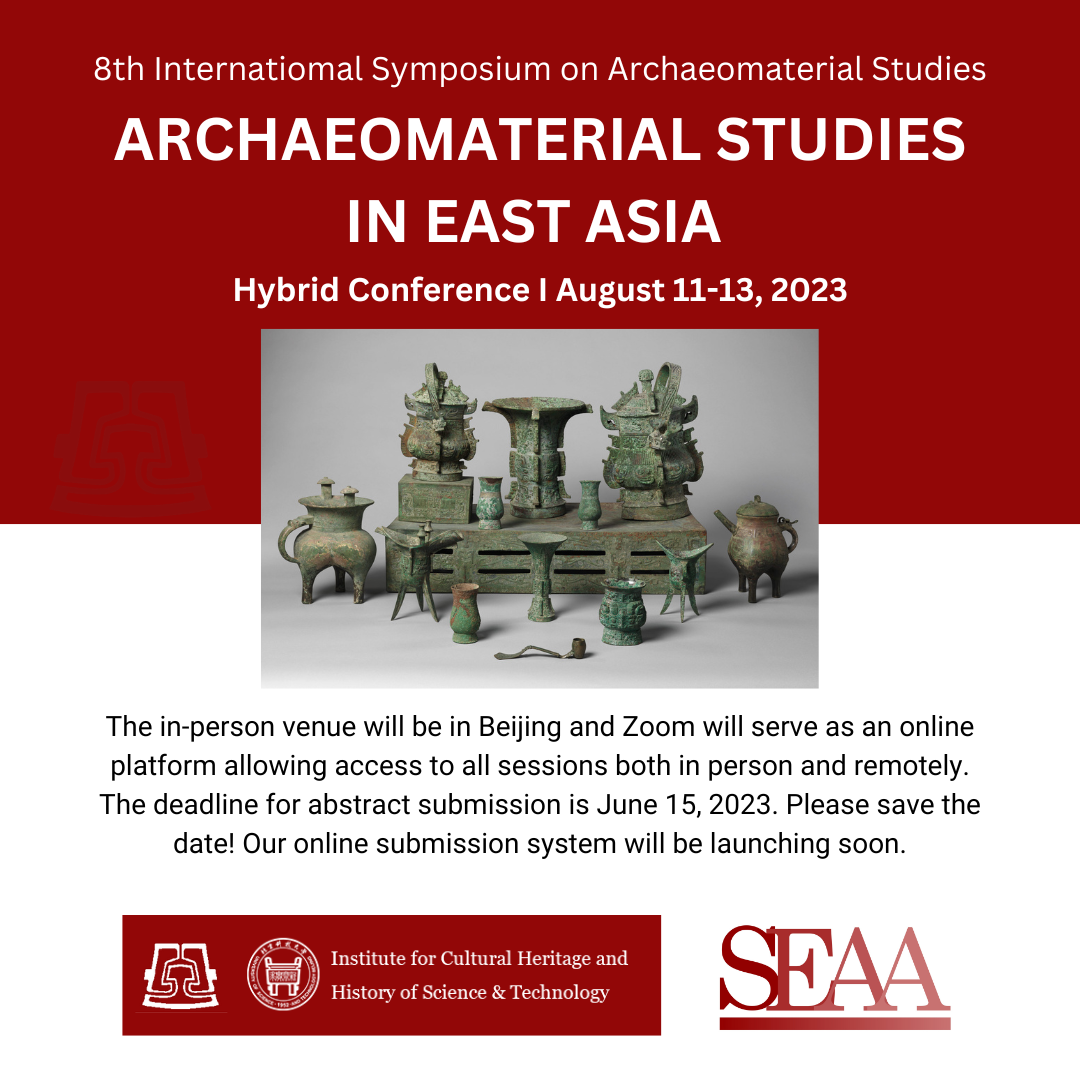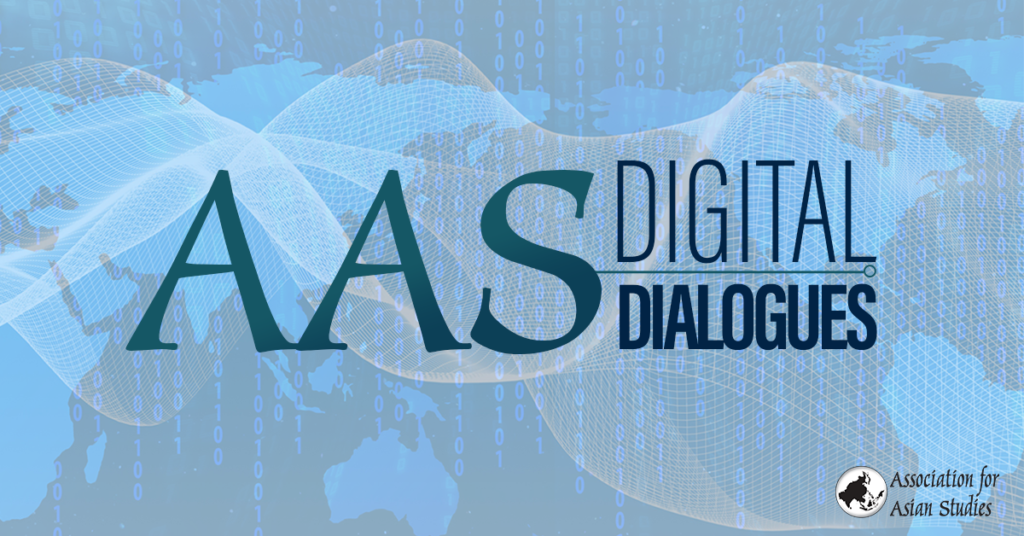SEAA News Blog: Conferences
Lia Wei, Estelle Bauer (both from National Institute for Oriental Languages and Civilizations, Paris), and Shao-Lan Hertel (Director of the East Asian Art Museum in Cologne) are proposing a panel on East Asian visual and material culture at the next Congrès International d'Histoire de l'Art held in Lyon, June 2024. If you are interested in participating as speaker in this panel, please see the information below. Please noted that the submission deadline is 15 September 2023 (a bit of flexibility might be allowed).
The 8th Symposium of Archaeomaterial Studies (SAS) series, a hybrid conference on Archaeomaterial Studies in East Asia, is taking place on August 11-13, 2023. The conference aims to gather global researchers to discuss the latest developments in material remains from East Asia, gain insights into technology, trade, and social development, and advance archaeological research methods and theoretical approaches.
We are pleased to offer free online attendance to all, whether presenting or not. Everyone is welcome, regardless of their SEAA membership status.
We are delighted to announce the upcoming conference on "Archaeomaterial Studies in East Asia", jointly organized by the Society for East Asian Archaeology (SEAA) and the Institute for Cultural Heritage and History of Science & Technology, University of Science and Technology Beijing (USTB). The conference will be a hybrid event taking place on August 11–13, 2023.
We are delighted to announce the upcoming conference on "Archaeomaterial Studies in East Asia", jointly organized by the Society for East Asian Archaeology (SEAA) and the Institute for Cultural Heritage and History of Science & Technology, University of Science and Technology Beijing (USTB). The conference will be a hybrid event taking place on August 11-13, 2023. The in-person venue will be in Beijing and Zoom will serve as online platform allowing access to all sessions both in person and remotely. Our abstract submission system will be online soon.
The Pennsylvania State University invites applicants for its annual Global Asias Summer Institute, to be held June 19–23, 2023.
Institute participants spend a week reading and thinking about the annual theme, as well as significant time workshopping their work in progress. Particularly strong work will be considered for publication in an upcoming special issue of the award-winning journal, Verge: Studies in Global Asias.
The Board of EAAA is pleased to announce the new call for papers for the 3rd EAAA conference to be held at University of Ljubljana, Slovenia, between 13 and 17 September 2023. The 3rd conference, planned for 2020, that had to be cancelled due to the pandemic will now finally take place. The conference is jointly organized by the European Association for Asian Art and Archaeology (EAAA), the Department of Asian Studies at the University of Ljubljana and the Science and Research Centre Koper, Slovenia.
“Scales of Social, Environmental and Cultural Change in Past Societies” is the topic of the 7th International Kiel Conference of the Johanna Mestorf Academy (JMA). It will be held at Kiel University from 13 to 18 March 2023. Researchers from all disciplines dealing with this topic are invited to submit abstracts for talks or posters for the conference as of now.
The Association for Asian Studies will be hosting a webinar on Monday, May 2, 2022, from 9-11 AM Eastern Time.
The webinar centers on the experiences of activists in East and South Asia. Sharing information on how activists have encountered attacks on their work and persons in digital and analog spaces in relation to venues such as non-profits, government organizations, or other capacities, the speakers will educate scholars and listeners on how they can operate in solidarity with activists and grow our global networks of collaboration.


